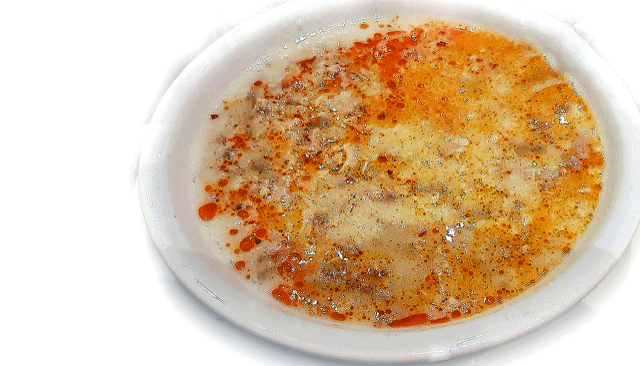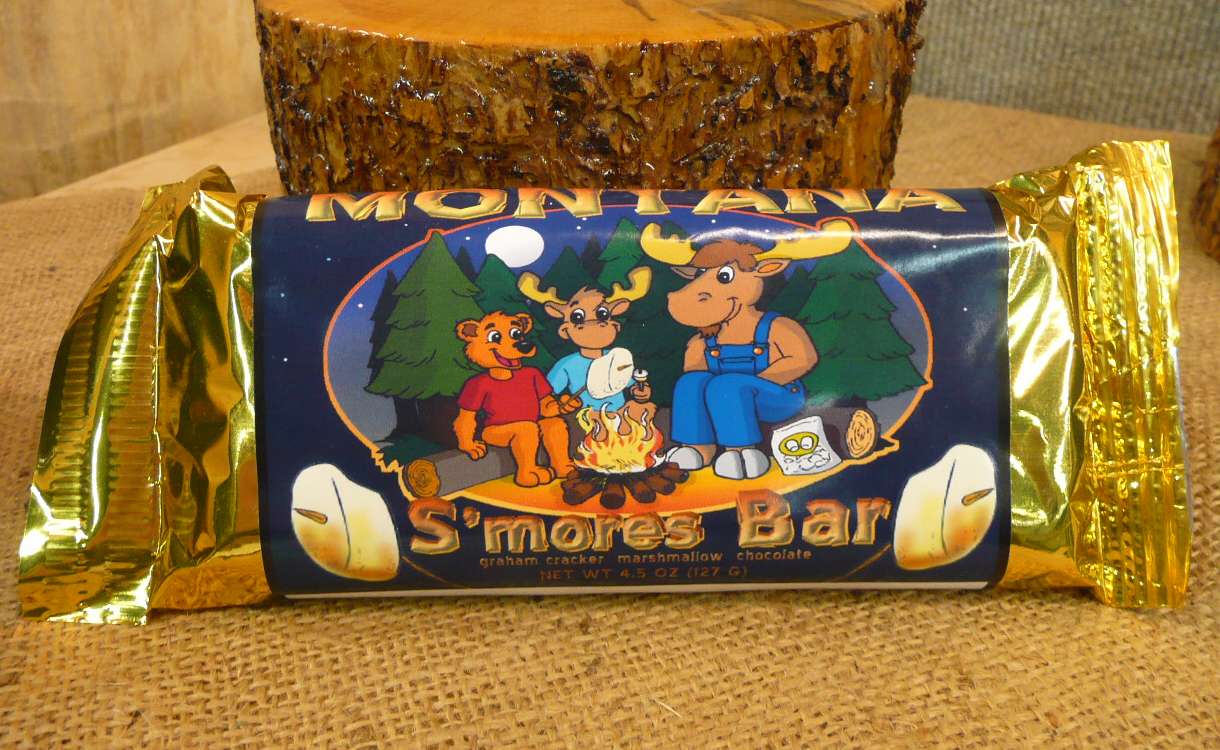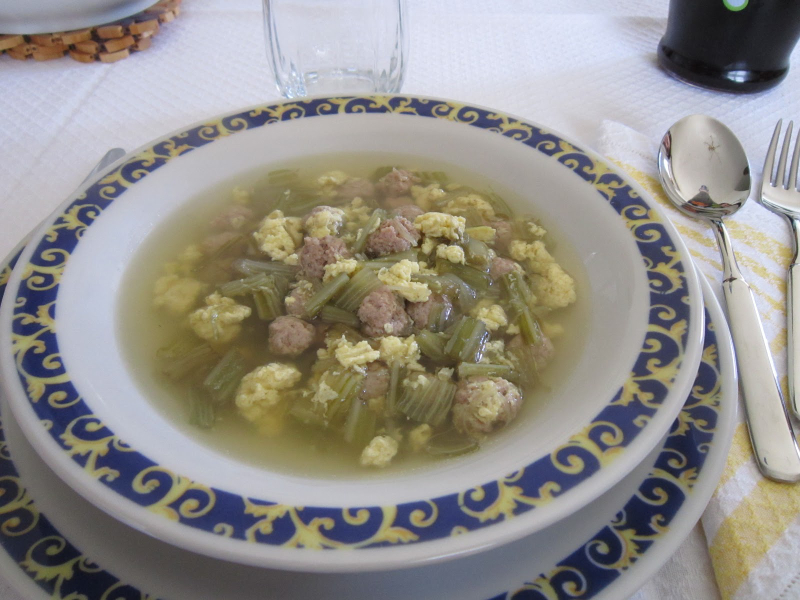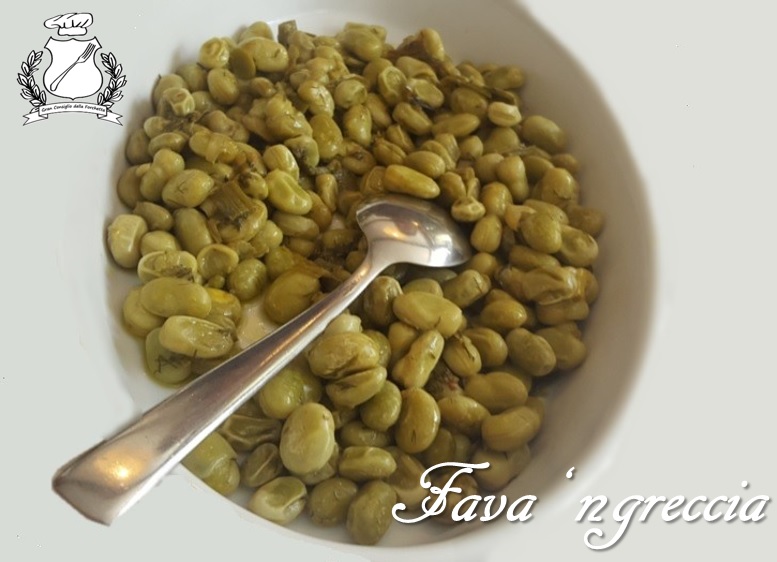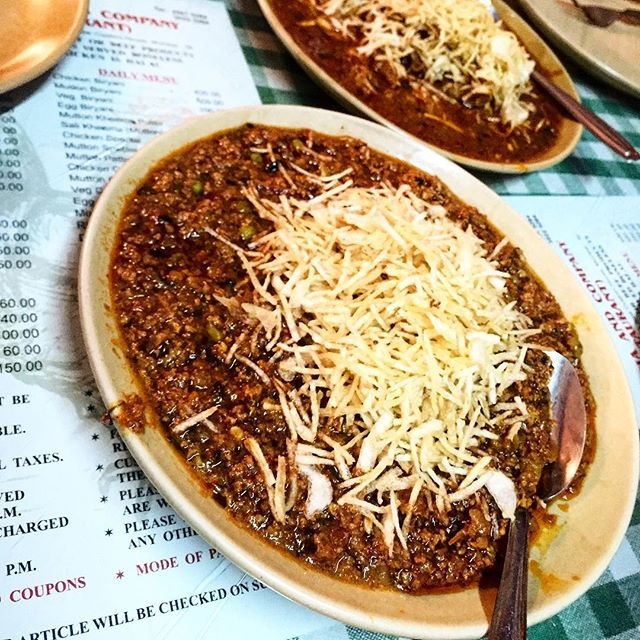“Patsas,” a beloved staple of Greek cuisine, isn’t just a soup—it’s a culinary rite that has stood the test of time. Tracing its roots back to the Melanos Zoumos or “black soup” of Ancient Sparta, patsas has evolved over centuries, inheriting rich traditions and local flavors along the way. The version of patsas found in Thessaloniki is often touted as the most iconic in all of Greece, garnering a dedicated following of locals and tourists alike.
This revered tripe soup serves as more than just a hearty meal; it’s often considered an elixir for the soul and a balm for the body. Long after their late-night escapades—often filled with a mix of alcohol and tobacco—Greeks turn to patsas as the ultimate morning-after cure. Its restorative powers on the stomach are legendary, making it the breakfast of champions for those who’ve had a night to remember—or perhaps, one they’d rather forget.
The art of making patsas lies in its simple yet carefully chosen ingredients. At its most basic, the dish consists of a rich broth made from cow’s head, but variations abound. Some chefs opt for a complex blend of cow head, feet, and beef tripe, offering a robust flavor profile and added textural complexity. A pig’s head and legs can also be used as alternatives, each lending their unique flavor nuances to the soup.
But patsas is more than the sum of its parts. Its lingering aroma and hearty taste tell stories—of ancient warriors, of festive nights turned into dawn, of a city that cherishes its traditions. Whether you’re seeking to remedy the aftermath of a night out or simply to start your day with a taste of Greek heritage, a bowl of patsas promises to be a soul-satisfying experience.
So, the next time you find yourself wandering the vibrant streets of Thessaloniki, consider stopping by a local eatery to indulge in this celebrated dish. Whether you’re a lover of traditional Greek fare or a culinary adventurer eager to experience authentic local flavors, patsas is a must-try delicacy that serves as a delectable connection to Greece’s rich cultural tapestry.

